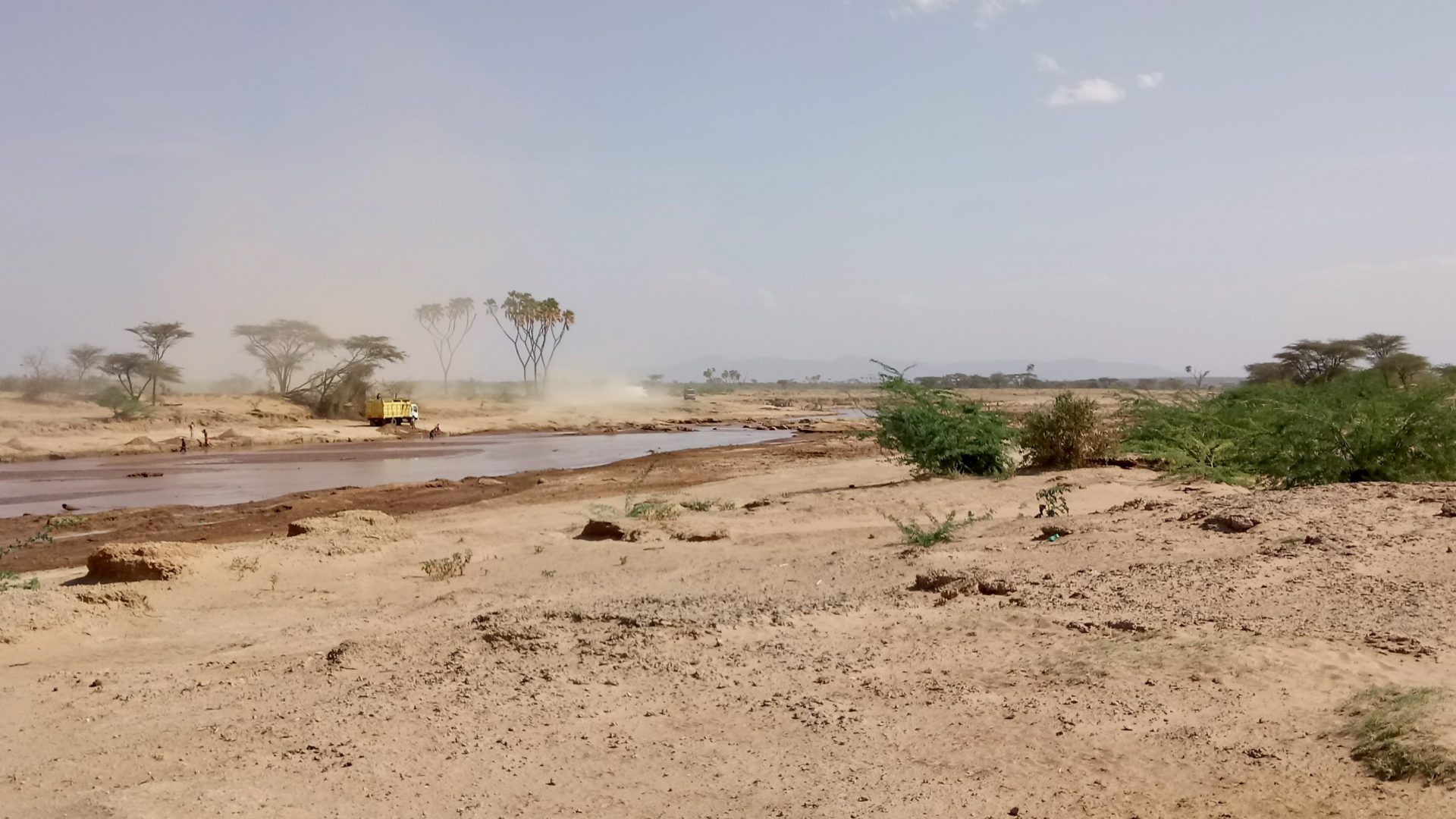The Shared Lands team is conducting a research project funded by the United States Institute of Peace on environmental conflict and peace in northern Kenya. As described in more detail in our previous post, community-based Environmental Fellows are collecting and submitting weekly diary entries on environment-related conflicts and environmental peacebuilding activities in Isiolo, Laikipia, Marsabit and Samburu counties. Fellows are also conducting interviews with key stakeholders in these counties, including county government officials, national government authorities, and representatives from civil society, pastoralist organizations, peacebuilding entities and conservancies.
Based on the diary entries of the Environmental Fellows, several conflict ‘hotspots’ have been identified and follow-up activities in and around these areas have been planned by project lead researcher, Ramson Karmushu, from IMPACT. As the security situation permits, Ramson has conducted field visits to hotspots of environmental conflict to gather in-depth narrative reports about the nature of the escalating conflict and to record audio-visual materials relating to environmental conflict and environmental peacebuilding activities.

Early in our data collection, Kom emerged as a conflict hotspot, with references to conflict in this area frequently mentioned in the Environmental Fellow’s diary entries. In May 2021, Ramson visited Kom, accompanied by Environmental Fellows, Philip Lemantaan and Issa Hassan, to develop a deeper understanding of why environmental conflict is escalating in the area. Alongside Environmental Fellow diaries, these additional activities provide a good initial understanding of the escalating conflict in Kom.
During this visit, it was made clear that changing rainfall patterns have negatively impacted the ability of communities around Kom to manage natural resources. In particular, delayed rainfall has forced herders to rely on fewer sources of pasture and fodder for livestock. The land in the region has become bare as a result, forcing herders to migrate far away from their residences in search of pasture. Furthermore, because of the lack of rainfall, many herders have returned to dry season grazing areas outside of dry season, which means there may be no options available to sustain livestock when the dry season comes.
This problem is understood by the community to be a result of climate change and environmental change, which has undermined traditional knowledge systems around how to use and manage land and natural resources around Kom. In a recorded interview, one member of the Samburu community near Kom explained how changing weather patterns and environments also cause people to ignore traditional ecological knowledge. This person explained that seasons have changed and that there are delays in the rainfall patterns. He went on to add that, when it finally rains, there is pasture all over but herders finish the pasture very fast not by over-grazing but by trampling seedlings and saplings with their livestock in their hurry to access vegetation. This leaves the community with no option but to migrate quickly elsewhere and compete with other herders over pasture. At the same time, the interviewee felt that the fact that pasture grows all over when it rains shows the land itself is still productive and that restoration is possible if traditional ecological knowledge and customary rangeland management practices were more carefully followed.
Another source of environmental conflict in Kom was growing competition over land and other natural resources by other industries, such as the expanding conservation sector. For example, land has been set aside for a new tourist lodge and new enclosures have been created around wells and certain grazing areas specifically for wildlife. The community reported: “We have been using the water with the wildlife for as long as they lived in that area, so it is difficult to understand the idea of conserving land for the wildlife alone when land has always been in use by the communities and wildlife for centuries”.
A promising way of addressing land-related environmental conflicts in northern Kenya is through the recognition of community land rights. Greater clarity around land boundaries helps to prevent disputes between communities and between communities and other actors, such as the conservation sector. Shared Lands partner, IMPACT, is already playing a leadership role in building awareness around community land rights and helping communities to create land by-laws and register their land.
Other recommendations for building environmental peace also emerged from this visit, which will be a focus of our forthcoming project activities. We look forward to sharing more in the near future.
